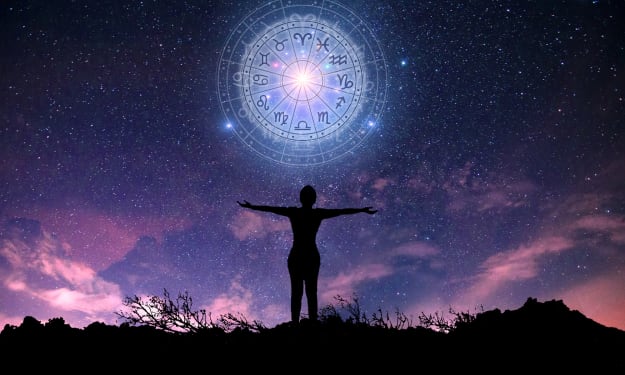From Book to Screen: Examining the World of Adaptations and Literary Influences
Literature has always held a special place in our hearts, transporting us to different worlds, introducing us to intriguing characters, and sparking our imagination. But what happens when those beloved stories make their way onto the silver screen?

The world of adaptations brings literature to life, bridging the gap between the written word and the visual medium. In this article, we delve into the captivating world of book-to-screen adaptations, exploring the art of transforming literary works into compelling films and television series. From the challenges of adaptation to the enduring influence of literature, we embark on a journey that celebrates the magic of storytelling in both written and visual forms.
Imagine seeing the characters you've come to love and cherish leaping off the pages and onto the big screen, their stories unfolding before your eyes. Book-to-screen adaptations have the power to captivate audiences, breathe new life into beloved stories, and introduce literature to new generations. They offer a unique opportunity to explore the depths of storytelling through the collaboration of authors, screenwriters, directors, and actors. Join us as we embark on a journey through the world of adaptations, exploring the intricacies, challenges, and enduring influence of literary works on the screen.
Preserving the Essence: The Art of Adaptation
Adapting a book into a visual medium is an art in itself. It requires striking a delicate balance between staying true to the essence of the source material and making necessary changes to suit the medium. Screenwriters and directors face the challenge of condensing complex narratives, capturing the spirit of the characters, and translating the author's vision onto the screen. Successful adaptations are a testament to the collaborative efforts of talented individuals who understand the power of storytelling and honor the legacy of the original work.
The Power of Visual Storytelling
While literature allows readers to create their own mental images, visual adaptations offer a different experience. They bring stories to life with vivid visuals, atmospheric settings, and captivating performances. The combination of cinematography, production design, music, and acting enhances the emotional impact of the narrative, immersing audiences in the world of the story in a way that is unique to the screen. Visual adaptations have the power to transport viewers into the hearts and minds of characters, evoke powerful emotions, and leave a lasting impression.
Cultural Impact and Literary Influence
Book-to-screen adaptations not only entertain but also have a significant cultural impact. They introduce literature to wider audiences, sparking interest in books that may have otherwise remained undiscovered. Successful adaptations often lead to increased book sales and renewed appreciation for the original works. They ignite discussions, inspire fan communities, and encourage further exploration of the themes and ideas presented in the source material. Additionally, adaptations have the power to modernize classic stories, reinterpret them in new cultural contexts, and open up conversations about representation, diversity, and social issues.
Challenges and the Fine Line of Fidelity
Adapting a book for the screen comes with its fair share of challenges. The faithful representation of every detail from a book can be impossible, given the constraints of time and the different storytelling techniques of literature and film. Filmmakers must make tough decisions about what to include, what to omit, and how to capture the essence of the story while remaining true to its core. Striking the right balance between fidelity to the source material and the requirements of the visual medium is a delicate task that requires creativity, sensitivity, and a deep understanding of both literature and film.
Celebrating Diversity and Inclusivity
Adaptations have the potential to expand representation and inclusivity on the screen. By bringing diverse characters and narratives from literature to life, adaptations can shed light on underrepresented voices and challenge societal norms. They can serve as a platform for showcasing stories from different cultures, exploring important social issues, and amplifying marginalized voices. Through thoughtful and authentic adaptations, the world of storytelling becomes more inclusive and reflective of the diverse world we live in.
The world of book-to-screen adaptations is a fascinating realm where literature and film intersect, creating a tapestry of storytelling that resonates with audiences around the globe. From faithfully recreating beloved classics to reimagining contemporary novels, adaptations allow us to experience stories in new and exciting ways. They remind us of the enduring power of literature and the transformative nature of visual storytelling. So, grab a book, immerse yourself in its pages, and then sit back and watch as it comes to life on the silver screen. Let the magic unfold.
About the Creator
Eview Nicks
With my renowned reputation as an avid reader, I delight in sharing profound literary encounters. Join me as I unveil the allure of captivating books and craft compelling articles on distinctive aspects. Discover a world of reading.






Comments
There are no comments for this story
Be the first to respond and start the conversation.